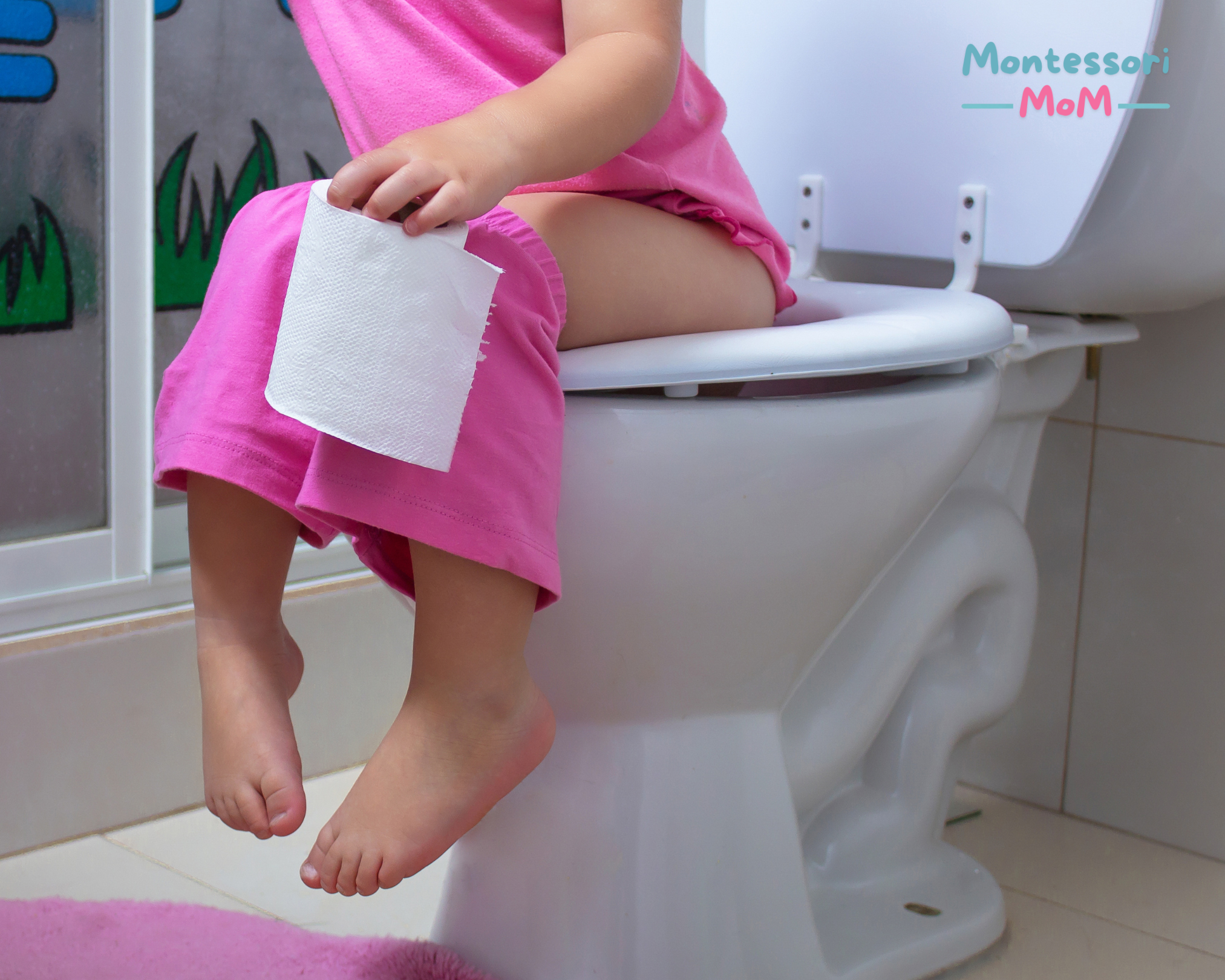Why Screen Time Is Delaying Potty Training
How To Get Your Child Back On Track

The Mystery of Regression
Toilet training is a major milestone, and most parents breathe a sigh of relief when their child is finally out of diapers. But what happens when your child suddenly refuses to use the toilet or starts having accidents after months or even years of successful training?
If you’ve noticed that your child is regressing in their bathroom habits, particularly in connection with screen time, you’re not alone. This article explores how excessive screen time might be contributing to behavioral regression and offers practical strategies to help your child get back on track.
- Distraction Over Body Cues: Children can become so engrossed in screens that they ignore their body’s signals to use the toilet. This distraction can lead to accidents, as they might wait until it’s too late to take a bathroom break.
- Comfort and Routine Disruption: Screens can create a comforting but distracting environment that disrupts established routines. If a child associates screen time with certain comforts, they might resist leaving the screen to use the toilet, especially if they’re in the middle of something exciting.
- Stress and Anxiety: Some children use screens as a way to escape from stress or anxiety. If they are feeling pressured in other areas of life, they may regress to earlier behaviors, like refusing to use the toilet, as a way to seek comfort and control.
Real-Life Parental Insights
Parents often discuss their frustrations with regression on online forums. One parent shared,
“My daughter was fully potty trained, but now she’s having accidents because she won’t leave the TV. It’s like we’re back to square one.” Another parent mentioned, “He’s afraid to miss something on his tablet, so he holds it until it’s too late. I don’t know how to break this habit.”
Strategies to Address Toilet Training Regression
- Set Regular Bathroom Breaks: Encourage your child to take regular breaks from the screen to use the bathroom, regardless of whether they feel the need to go. This can help them reconnect with their body’s cues and prevent accidents.
- Create Screen-Free Zones: Establish certain areas of the home, particularly the bathroom, as screen-free zones. This helps reinforce the idea that some activities, like using the toilet, should be done without distractions.
- Reinforce Routine: Re-establish a consistent routine around bathroom use, including before and after screen time. Make it a habit for your child to use the toilet before they start watching a show or playing a game, and again after they’re done.
- Positive Reinforcement: Praise and reward your child for taking breaks to use the bathroom, even if it interrupts their screen time. Positive reinforcement can encourage them to prioritize their body’s needs over the screen.
- Address Underlying Anxiety: If regression seems tied to stress or anxiety, consider talking to your child about their feelings and finding ways to address these emotions without relying on screens. Activities like reading, drawing, or talking can be calming alternatives.
Reversing Regression
Toilet training regression linked to screen time can be frustrating, but with patience and the right strategies, you can help your child regain their independence and confidence. By setting clear expectations, reinforcing routines, and providing positive reinforcement, you can guide your child back to healthy bathroom habits.
Ready to take the first step? Download our free guide:
Bedtime Detox & Connect Plan for Busy Moms.
This plan provides you with a simple step-by-step guide to creating your own effective bedtime routine designed to transform bedtime chaos into calm. By following these steps, you can reduce screen time tantrums, improve your child’s behavior, and strengthen your parent-child bond.
Inside, you’ll find a clear, step-by-step instructions with engaging activities and practical tips to help you create a peaceful, screen-free evening. Let’s get started and make bedtime a time of tranquility and connection.





